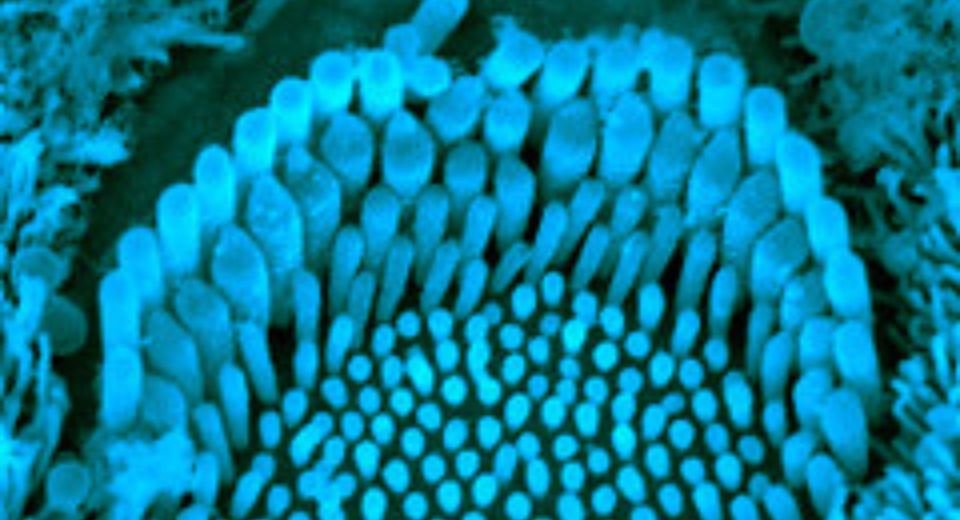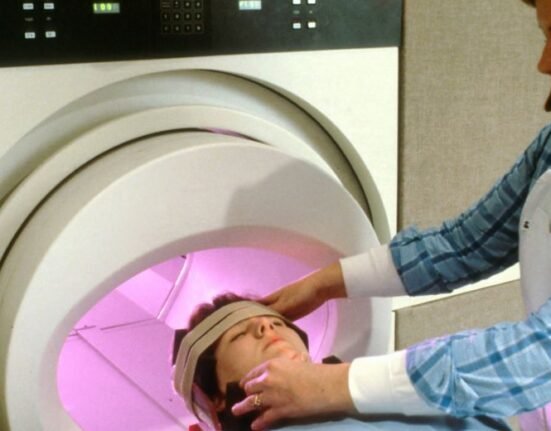HQ Team
September 10, 2024: Exposure to certain endocrine-disrupting chemicals, especially musk ambrette, may trigger early puberty in girls, a study by the National Institutes of Health finds.
These chemicals mimic, block or interfere with hormones in the body’s endocrine system. Early puberty is associated with an increased risk of psychosocial problems, obesity, diabetes, cardiovascular disease, and breast cancer.
There has been an “alarming trend” toward early puberty in girls, suggesting the influence of chemicals in our environment, according to an NIH statement published in Endocrinology ahead of its release date.
“We conducted a comprehensive screen of 10,000 environmental compounds with extensive follow-up studies using human brain cells that control the reproductive axis, and our team identified several substances that may contribute to early puberty in girls,” said study author Natalie Shaw, MD, MMSc, of the National Institute of Environmental Health Sciences in Durham, North Carolina.
Personal care products, perfumes
Those substances include musk ambrette, a fragrance used in some detergents, perfumes, and personal care products, and a group of medications called cholinergic agonists.
“More research is needed to confirm our findings,” said Shaw, according to the statement published in the Endocrine Society.
“But the ability of these compounds to stimulate key receptors in the hypothalamus — the gonadotropin-releasing hormone receptor [GnRHR] and the kisspeptin receptor [KISS1R] — raises the possibility that exposure may prematurely activate the reproductive axis in children,” she said.
The reactivation of the reproductive axis during puberty is thought to be mediated by the hypothalamic neuropeptides kisspeptin and gonadotropin-releasing hormone (GnRH).
The researchers dived deep into whether an environmental compound might activate the kisspeptin (KISS1R) or GnRH receptor (GnRHR).
The team screened a Tox21 10,000-compound library of licensed pharmaceuticals, environmental chemicals and dietary supplements against a human cell line overexpressing GnRHR or KISS1R.
Musk ambrette
They conducted a follow-up analysis using human hypothalamic neurons and zebrafish, finding that musk ambrette increased the number of GnRH neurons and GnRH expression.
“Using human hypothalamic neurons and zebrafish provides an effective model for identifying environmental substances that stimulate the KISS1R and GnRHR,” said co-author Menghang Xia, PhD, from the National Center for Advancing Translational Sciences in Bethesda, which is part of the NIH.
“This study was a multidisciplinary team effort, and it showed that we can efficiently reduce the time and cost of assessing environmental chemicals for their potential effects on human health,” she said.
According to the research team, musk ambrette is potentially concerning because it can be found in personal care products, and some rat studies have suggested it can cross the blood-brain barrier. Children are less likely to encounter cholinergic agonists in their daily lives.
EU, FDA regulations
Canadian and European regulations restrict musk ambrette use because of its potential toxicity, and the US Food and Drug Administration removed the fragrance from its “generally recognized as safe” list.
Yet it is still available on the market in some personal care products.
“This study suggests that, out of an abundance of caution, it is important for parents to only use personal care products for their children that are federally regulated,” Shaw said.
The Endocrine Society is the world’s oldest and largest organization of scientists devoted to hormone research and physicians who care for people with hormone-related conditions.
The Society has more than 18,000 members, including scientists, physicians, educators, nurses, and students in 122 countries.







